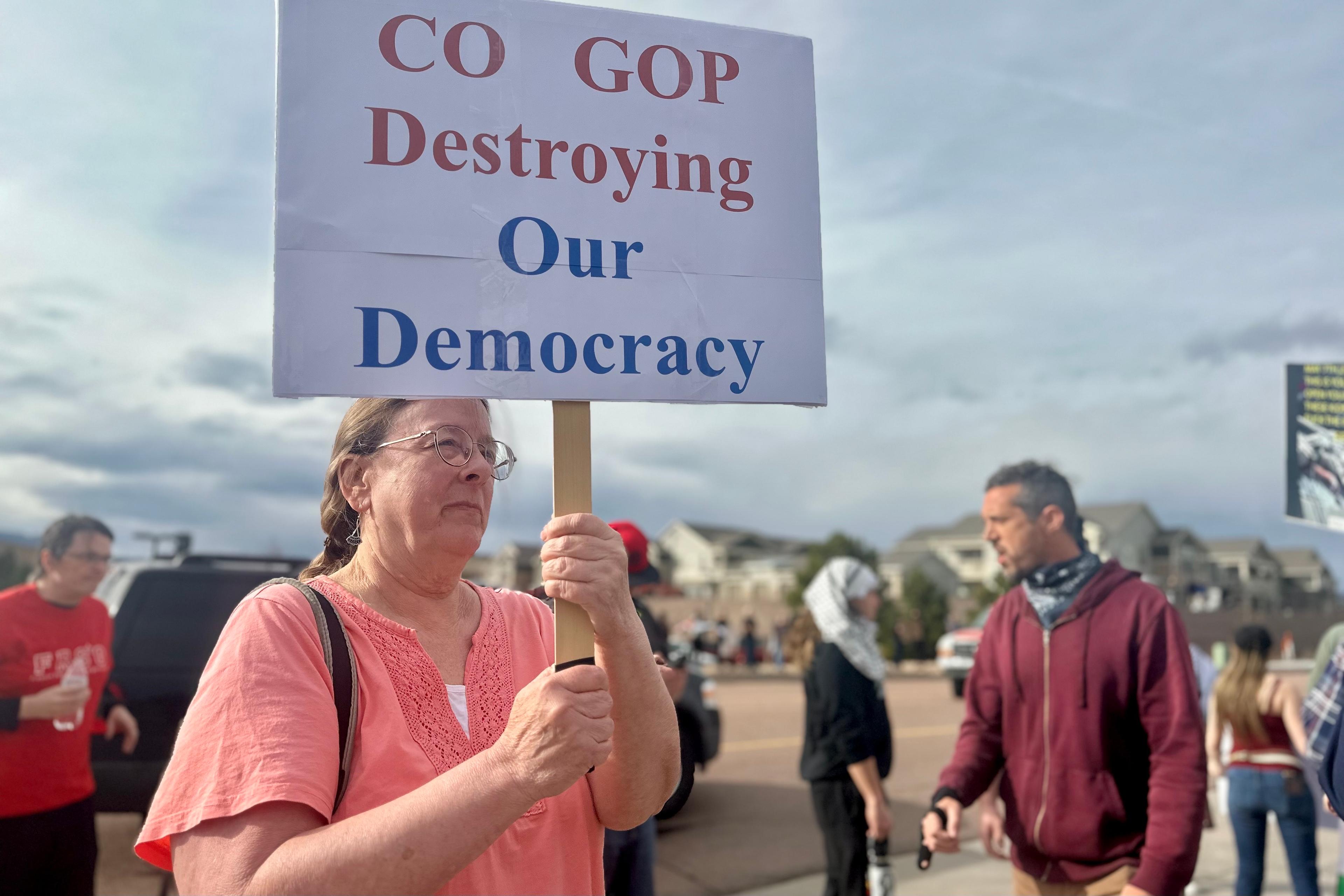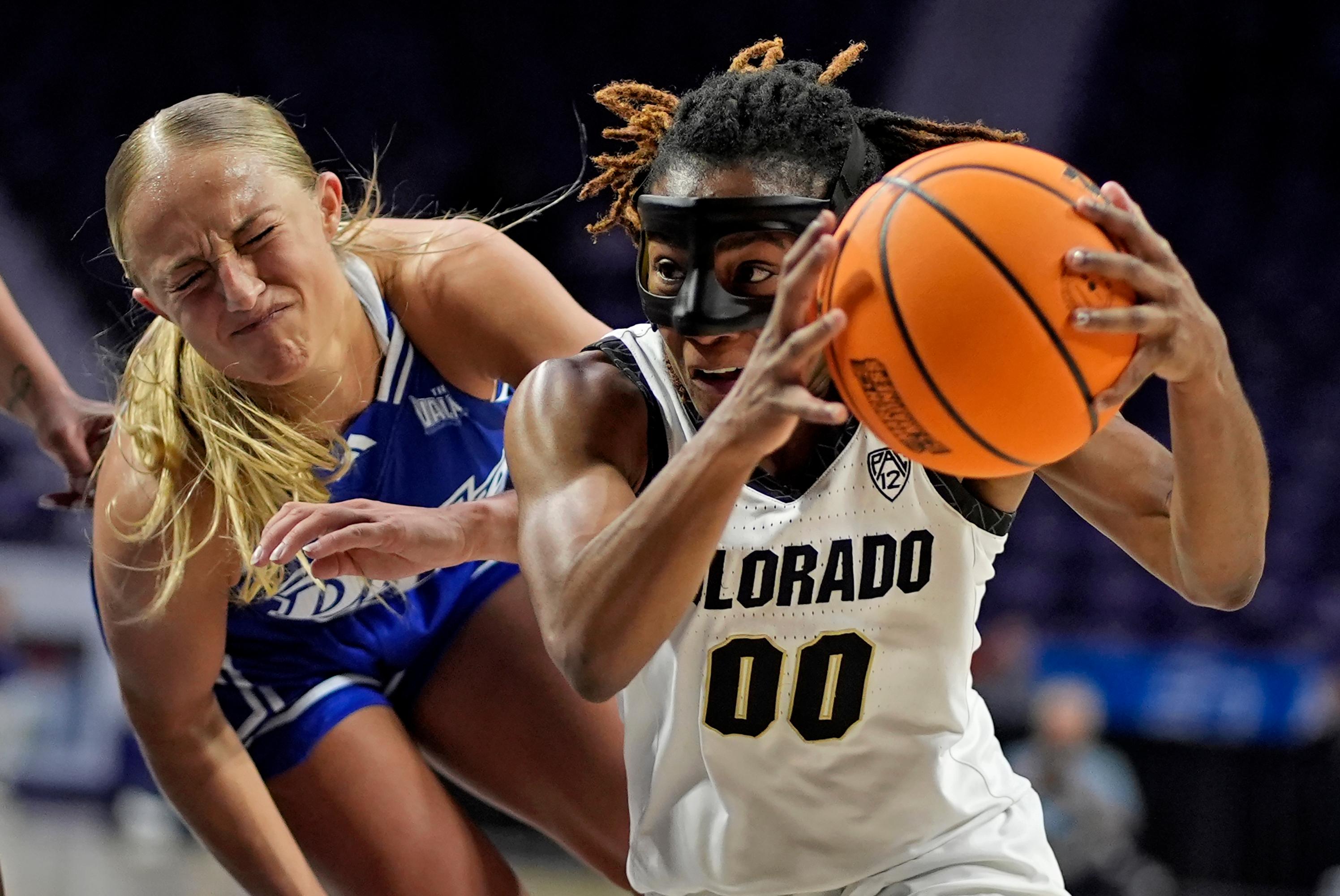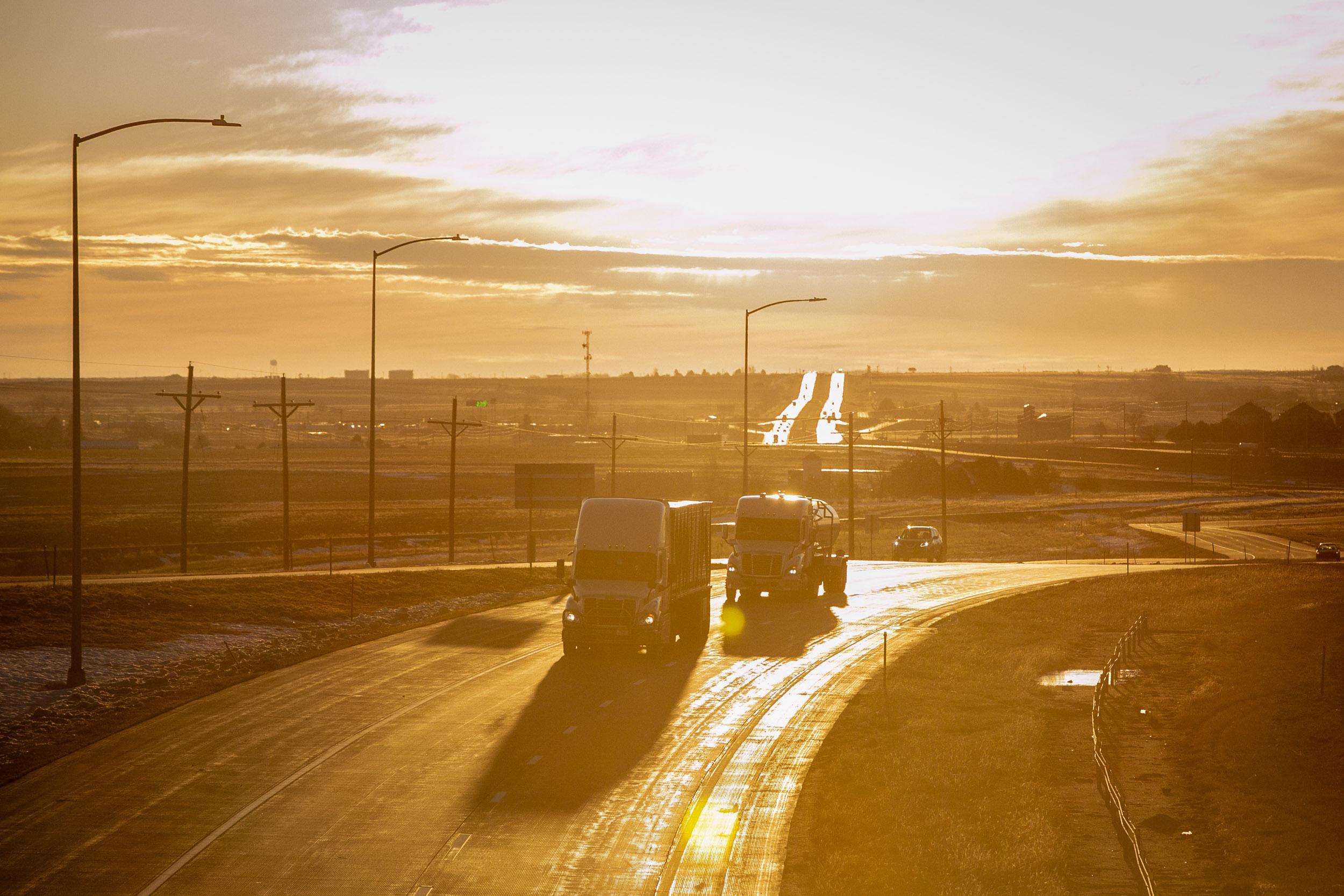
The sprawling transportation proposal from Colorado’s Democratic legislative leaders and Gov. Jared Polis hasn’t been introduced yet. Still, a recently released outline is already reopening old fault lines in one of the state’s most intense debates.
Here are three of the biggest issues lawmakers may contend with as the proposal moves through the Capitol.
Transit or roads?
The proposal would spend some $4 billion over the next 11 years. The big question is, “Where?” Most parties agree that the poor condition of the state’s roads and highways needs to be addressed. But there’s a tension between a wish for wider roads and a desire for more transit service and options for pedestrians.
More than half the money is likely to go to roads and highway projects. Altogether, up to 38 percent could go to state roads and 25 percent to local road projects.
About 16 percent of the money is promised to transit and other modes, such as sidewalks and bike options. And nearly 20 percent is dedicated to supporting electric vehicles.
The spending plans seem to maintain Colorado’s overall reliance on automobiles and highways while adding some other options, said Mike Kopp, president and CEO of the business group Colorado Concern. That’s a wise approach, he said.
“Our attitude about this is, we have a lot of years left of using vehicles in the state,” Kopp said. “It’s hard to imagine wholesale changes in that direction to me.” The message, he said, is that the money is for “kind of common sense, basic catchup work that we’ve needed to do for a long time.”
Republicans plan to introduce a competing proposal that will focus on roads and bridges. Voters “don’t want a Christmas tree type situation — a Christmas tree of all these different places this is going to go,” said state Sen. Ray Scott of Grand Junction.
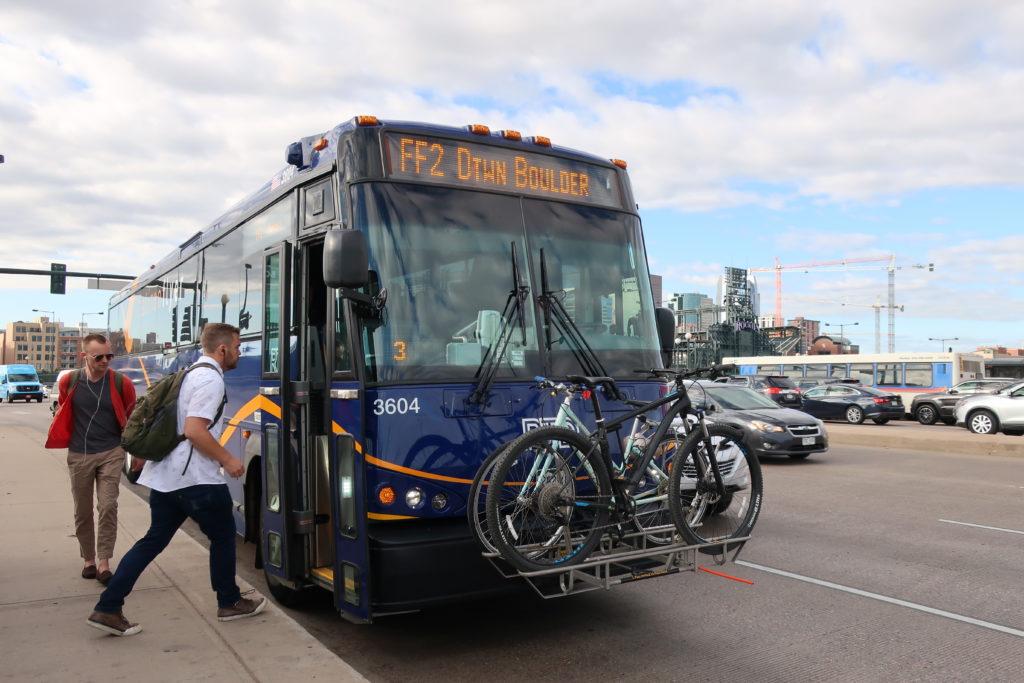
“What the people in Colorado I believe want, is money on the roads and the bridges,” Scott said.
Environmental and transit advocates say building more roads will invite more traffic — a belief backed up by research — especially in the urban Front Range.
Danny Katz, director of the Colorado Public Interest Research Group, said he needs more details to judge whether the proposal would help Colorado meet its climate and pedestrian safety goals. One thing he’ll be watching is whether the state will capitalize on any new toll lanes by funding transit service to use them for a speedier ride.
“If we're pairing [wider highways] with transit operating dollars and seeing a really nice bus service come with it, then that really starts to become a solution to the problems we have from pollution to congestion to safety,” Katz said.
The Democratic proposal puts a heavy emphasis on electric vehicles, dedicating hundreds of millions of dollars to help businesses and governments convert their fleets, and to building charging infrastructure. That would drive down the state’s carbon footprint, but it wouldn’t necessarily take cars off the road.
Matt Frommer, a senior transportation associate at the Southwest Energy Efficiency Project, a Boulder-based advocacy group that promotes clean transportation, said the proposal's electrification pieces were among the most ambitious he's seen.
But Frommer said he’s not convinced that the proposal would help Colorado reach its stated goal of reducing its growth in vehicle miles traveled, a measure of how much people drive. He said that that would take a "significant investment" in things like public transit, bicycle and pedestrian infrastructure. And while the proposal sets aside more than $600 million for that, Frommer is not sure that's enough.
“Surely, it will make a dent. But I don’t know that it really solves it,” he said.
Urban and rural
The transportation spending will likely reach all corners of the state, based on the Colorado Department of Transportation’s 10-year plan. Most notable are the billions set aside for the interstates that cross Colorado. Also detailed in that long-term vision are about $800 million of rural road improvements through 2030.
Jackie Millet, Mayor of Lone Tree and chair of the Metro Mayors Caucus, said the organization has long advocated for a statewide transportation funding solution and is “very pleased” the proposal was put forward last week.
But Millet said her organization had lobbied — unsuccessfully so far — for more of the new revenue to be diverted to the Denver area and other metro areas to help local governments tackle climate, air quality, mobility, safety and equity.
“The metro region is concerned we’re going to come up short on being able to address those challenges,” she said.
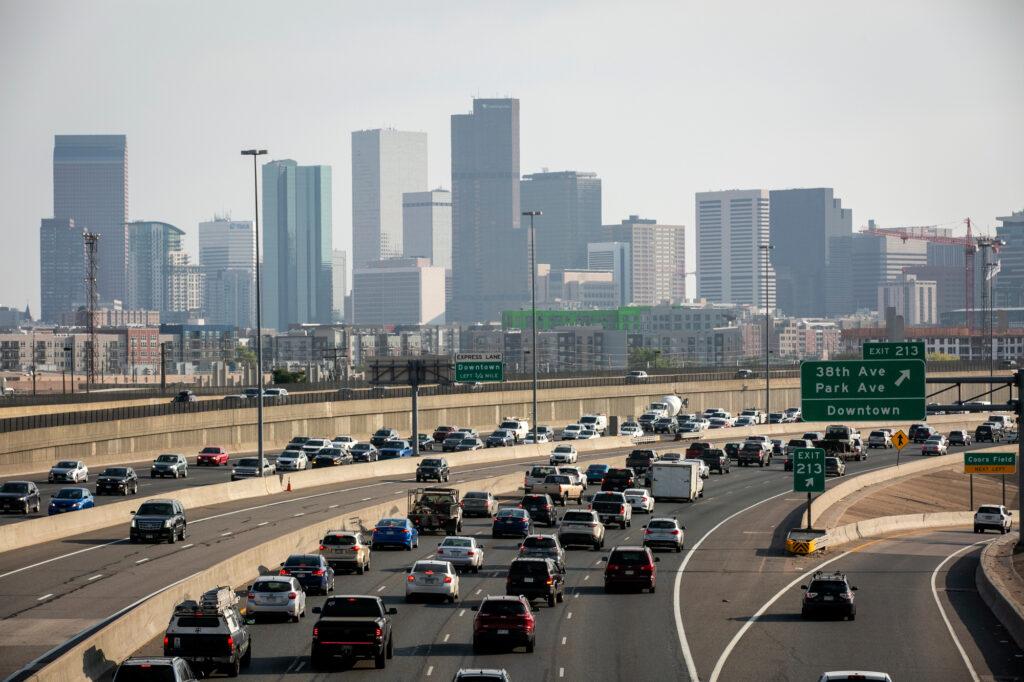
The state’s five metropolitan planning organizations, which cover the Denver, Colorado Springs, Pueblo, Grand Junction and Fort Collins/Greeley areas, are home to 84 percent of the state’s population and generate 90 percent of its gross domestic product, according to a fact sheet from the Metro Mayors Caucus.
Her organization will push for a legislative change, first broached last year, that would allow metropolitan planning organizations like the Denver Regional Council of Governments to run their own ballot funding measures.
“We are hopeful that the legislature recognizes that we have always tried to be good partners again, supporting the statewide solution,” she said. “And we hope that we are going to receive that same support back now that they've moved forward with this.”
But CDOT says some rural roads haven’t been repaved since the 1970s and need repairs. Colorado’s rural interstate conditions rank 47th in the country, according to the libertarian-leaning Reason Foundation think-tank.
Taxes and fees
Previous transportation proposals have been foiled time after time by one major force: voters. Colorado’s electorate has been shutting down requests for new taxes and debt for roads since the 1920s, with only a few exceptions.
This new proposal, however, won’t be on anyone’s voting ballots. Instead, it relies on fees. The Colorado Taxpayer’s Bill of Rights requires voter approval for any new tax increase, but it doesn’t define what is a fee and what is a tax. That interpretation has been left to the courts, which has given lawmakers a mechanism to raise revenue without receiving voter approval.
The proposal also evades the recently passed Proposition 117, which places limits on the size of fee-collecting state enterprises lawmakers can create without voter approval. The state already has transportation-related enterprises in place that can collect new fee revenue.
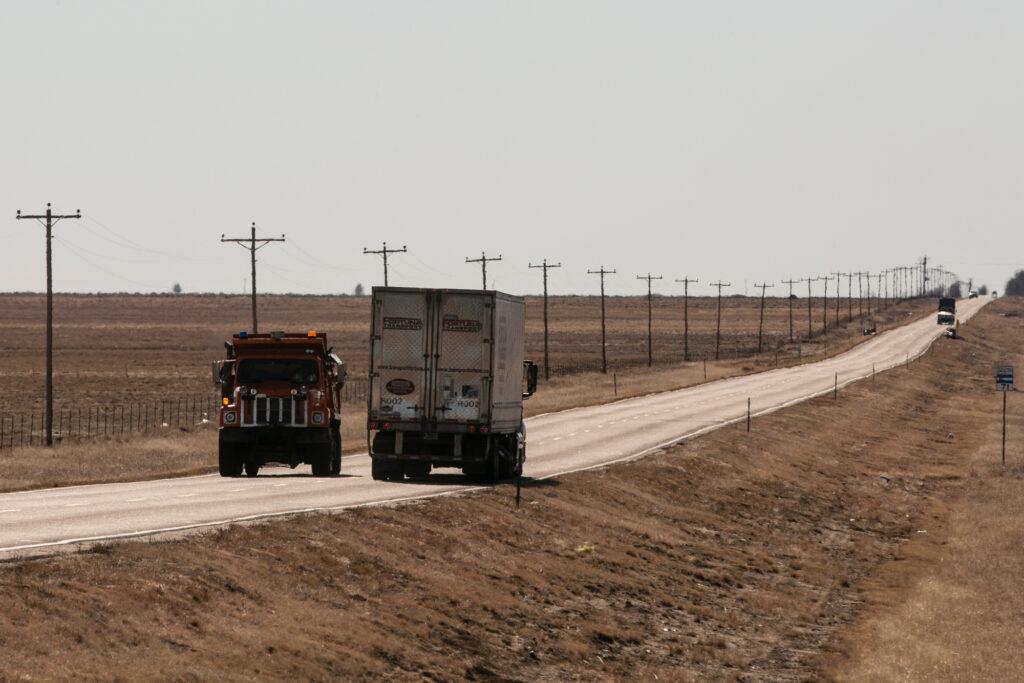
The proposed fees would raise the costs of everything from gas (an extra 8 cents per gallon by 2029) to Uber rides (30 cents per trip) and electric vehicle ownership ($9 per year.)
The reactions to that proposal are complicated because it touches on so many different areas. A higher gas fee could discourage driving — potentially a good thing for traffic — but it would hurt lower-income people hardest. Fees on electric vehicles could make up for the fact that their owners don’t pay gas taxes and fees, but it works against the state’s goal of getting EVs on the road. And, of course, there's the question of whether voters should have any say.
Senate Majority Leader Steve Fenberg described the fees as a way to guarantee stable transportation funding in a changing economy.
“We need to modernize how we measure people's use of the roads,” he said. “And so in some ways, this really is just shifting where that fee is placed to account for how we all live these days and how we are going to use transportation into the future.”
Some conservatives say that the heavy reliance on fees — especially a fee on gas — is simply a way to avoid giving voters a choice.
“Well, obviously legislators are scared to go talk to voters on this. A lot of these fees if not all of them would be unpopular,” said Michael Fields, a conservative organizer and executive director of Colorado Rising Action. He said his group will consider legal challenges and a ballot initiative to repeal the law, assuming it passes.
“We will campaign against this and tie people who supported it to it, because it’s unpopular,” he said.
Scott Wasserman, president of the progressive Bell Policy Center, said that the use of fees was justifiable. Legally speaking, there must be a direct connection between the way a fee is collected and the way it is spent. Fees on gas, delivery services and more can clearly be used to pay for transportation, he said.
“In that respect, a gas fee is directly connected to our road usage,” he said. The introduction of fees on services like Uber or DoorDash would directly tap into new economic activity that relies on Colorado’s roads.
“That business model relies on an infrastructure, so that naturally begs the question of who is paying for that infrastructure,” he said. But he acknowledged that higher fees on gas in particular would disproportionately affect people with lower incomes.
“Can we do other things, not just in the tax code but in how we finance our state to offset this a little bit?” he said.



